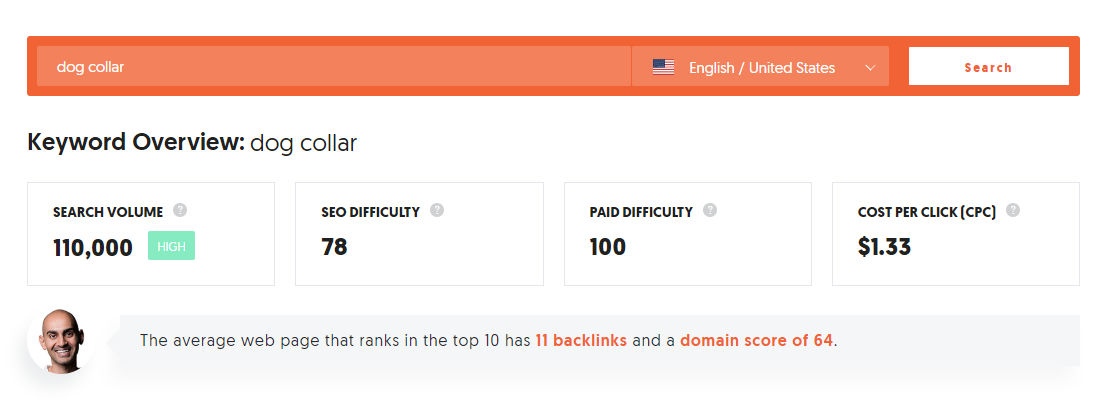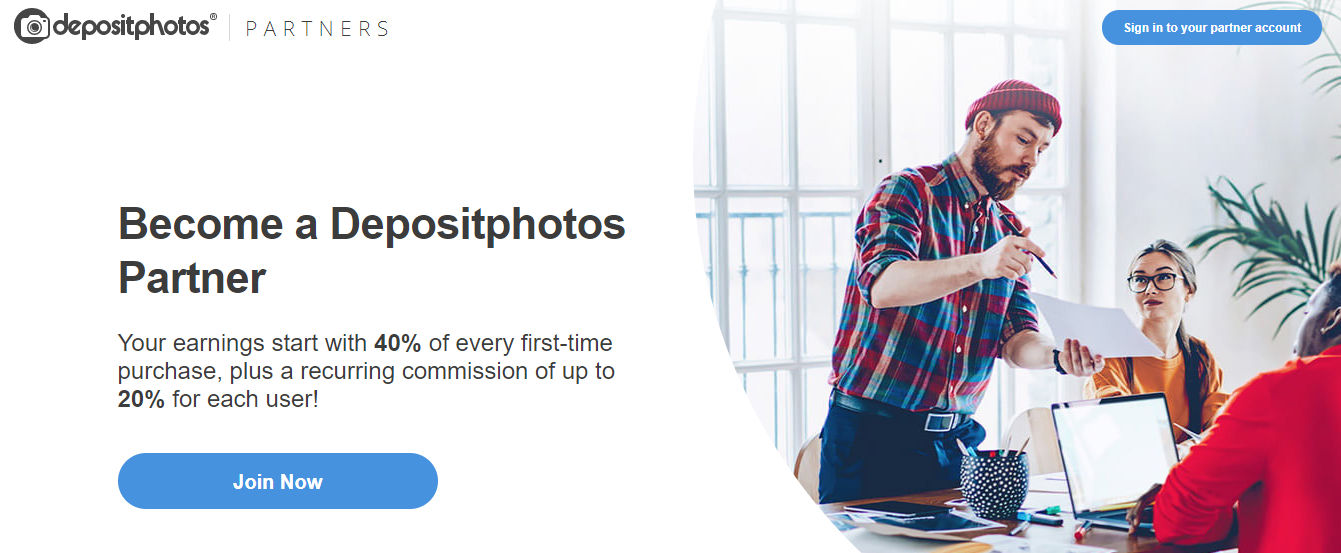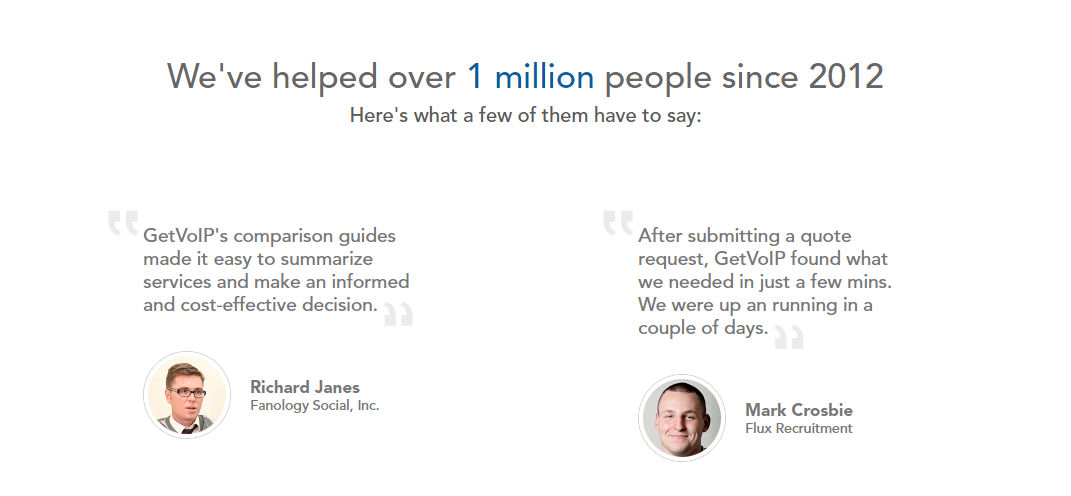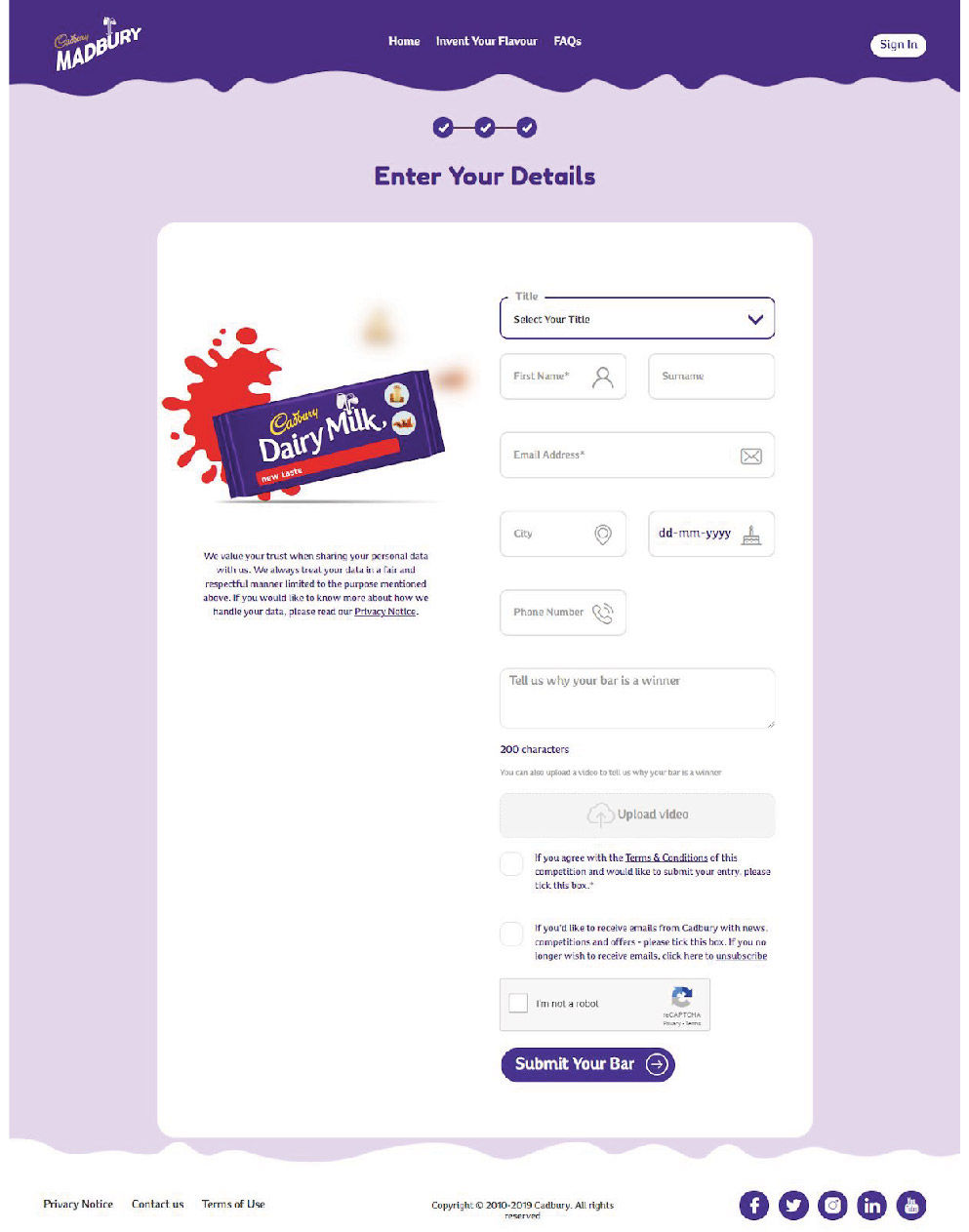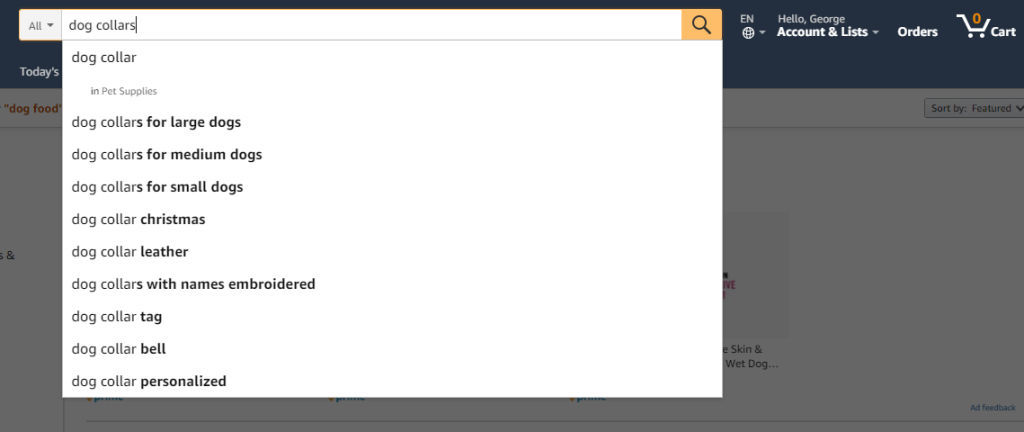I know you’re here because you want to improve your eCommerce conversions. I understand the problems. There are tons of competitors competing on comparable price points, you need to stand out and make sales.
Guide to Boost your eCommerce Conversion Rate:
All you have to do is follow these 8 steps to boost your CRO. Let’s start now.
1. Excite and engage visitors with hero videos on your homepage
There are a number of benefits to using videos. First, videos aid comprehension. Use product videos on the homepage as hero videos that show visitors how to use your products. They are effective because your customers often have questions that need to be answered quickly. So, the video can give them more opportunities to purchase your products. You can also use product images and videos to showcase the feel of your products. A video taken in 360 degrees is a great example of how this is done. What this does is it shows the customers how your products look and feel when they first hold them, and it helps further improve the trustworthiness of your brand. Your eCommerce website design gets a lift with hero videos.
2. Post quality product videos
You can use video to showcase the quality of your products. You can do this on each of your product pages. These videos on product pages show the product in action instead of just a 360- degree view of the product. This is a great way to encourage customers to buy from you, and it also gives your visitors another reason to purchase your products. Here are a few ideas on how to make the product videos work. Add a video to the product page itself. Add it above the fold so that it can appear immediately for a visitor to see.
Make sure the video thumbnail is not too small. Keep in mind that videos that are too large can slow the page down. So, keep it small by optimizing it with video compression tools. Make sure the video is vertical. It should be the correct pixel width for smartphones.
Promote your video in other places. You can upload the same video to YouTube. For example, Blendtec a company that manufacturers blenders generated all its word of mouth with videos of its blender smashing items like baseballs and smartphones. Here’s them blending the iPhone X.

The more you upload videos, the more people will see these videos. And the more this happens, the more they become familiar with your brand. This will allow you to get more followers. You can post your product videos to YouTube. Make a channel and upload it to your YouTube channel.
Beyond that, you can also head over to your Facebook page, where you can upload a video of your products. Upload it to your Facebook page. This has been a huge factor for me. I know that if I upload a video on Facebook, it would get a lot of engagement. Also, I know that my video would get more views on my Facebook page than on my YouTube channel, so it’s likely that it will get much more reach on Facebook.
Do you already own a website and find it difficult to manage or update?
Keep your website running at its best with our expert website maintenance services. Don't let a glitch or outage hurt your online presence. Contact us now and let our team take care of your website's upkeep so you can focus on growing your business.

3. Use dynamic content
A great way to engage your visitors is to provide them with the information they’re seeking. This is known as dynamic content. The best part about dynamic content is that it’s personalized and responsive. And despite that, it isn’t too hard to get right. Dynamic content changes based on the person’s geo-location or is based on the level of interaction he’s had with the site before. If someone’s visiting a site from the US, the currency he gets to see maybe in US dollars, the site may be able to identify his exact location to prefill shipping options and discounts. Simply put, they’ll see a different version of the site and offers for them based on their location and other factors. For example, if you visit Grofers, all the products are listed in Indian rupees based on geolocation.
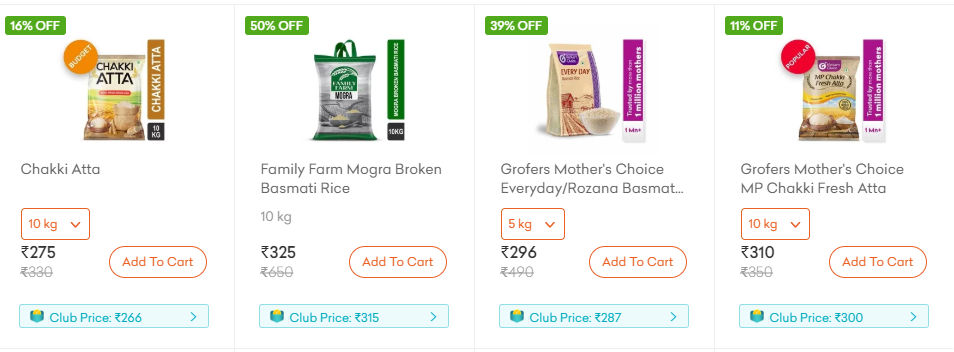
In addition, they try to pinpoint my exact location to send me relevant offers.
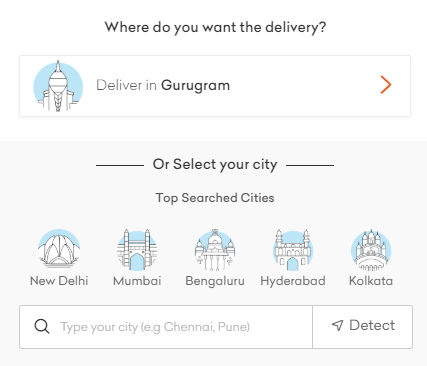
Currency isn’t the only thing you can change. You can change the visual feel and textual content on the site based on the visitor’s place of origin. You can try incorporating local slang into your copy and do similar things like that.
4. Encourage loyal customers with a referral program
A loyalty program is bound to increase your conversions. But none of it will happen if the referral program is tucked deep inside somewhere on your site. It has to be front and center. Loyal customers are the biggest fans of your brand. They spend more with your brand. They will return to you over and over again. They will also tell their friends about your brand and make sure their friends too buy from you. When your customers are satisfied, your referrals will increase and you will get more customers. Word-of-mouth is the best way you can brand your site.
Here are a few examples of loyalty programs.
And here’s Evernote’s referral program.

You get the highest quality referrals for your business with a loyalty program. Loyal customers will follow you on social media. If you’re launching a new product, you can reach out to your loyal customers and tell them to try your product. Tell them that they can try the product for free and if they decide to purchase you’ll give their friends a trial as well. This is a great way to entice them to visit your website and make a purchase. You can also run a contest to encourage customers to try your product.
5.Test your page
A/B testing is an unavoidable step if you want to improve page conversions. There are a number of elements you can test.
- Test call to action buttons.
- Test Images.
- Test your offer.
- Test the colors of your site.
You can also test your videos. Change the lighting, use high-quality equipment and see if your indie videos are gathering more trust than professionally produced ones are.
6. Earn trust
We’ve all encountered brands that are just out to kill us. Customers seem to be aware of it. They treat most brands with distrust. So, how can you build trust with your customers? Well, the first step is to earn trust from the very beginning. Before you can get your customers to sign up for your email list (or even buy your product), you need to earn trust. Once you’ve earned trust, it’s really easy to encourage them to buy from you. Selling to a customer who trusts you is like selling candy to a baby. How hard could that be? There are many ways in which you can do this. Just make sure that you’re not creating false promises or misrepresenting your brand. And, of course, be honest in your marketing.
7. Use high-quality photos
High-quality photos don’t mean that you have to drop a bomb on stock images. Quality doesn’t necessarily translate to purchasing from stock photography sites. Quality photos speak about the product and its features in a way that words alone can’t. It’s right there for the person to see.
Quality photos in this context mean photos of your products true to all dimensions that present the product exactly as they are. One of the best ways to do this is with UGC content. People trust content that other people who are like them created.
In addition to high-quality photos that display the product and its features, you need customer testimonials that speak to your customers. Multiple studies attest that customer testimonials help them make better purchasing decisions.
8. Provide quality service
In addition to all this, there are some great tools that can help your customer service. These tools include real-time social media notifications, online chat or email monitoring tools that allow you to respond to visitors as they browse your site and customer service software that provides automated messages on certain pages. Use these principles and improve your customer service by continuing to provide quality customer service and solving customer problems. So, you really need to continually earn trust from your customers. And, when you’re going to share more about your brand it’s important not to overpromise and under-deliver. You may not be able to get your customers to buy from you, but what you can do is to create a bond with your customers. So, if they feel comfortable with you, they’ll trust you with their personal information, such as their name and contact information. The more faith you can build from your customers and the more trust you can put into your brand, the more likely they are to trust you with their personal information.
Testimonials that were not static(as in videos) are sometimes the most persuasive.
Concluding thoughts
So these are the ways by which you can improve conversions on your eCommerce site. As you may have noticed, trust is an important element. And trust goes beyond securing their transactions on your website. Testimonials, UGC content, plus the way your site is designed all have a big say in how people perceive your site and that goes onto improving the experience they have with your product. Strive towards excellent eCommerce design. Optimize your site for conversions and you’re good.


